Timeline Concert Highlights on Neil Young Archives | Only Castles Burning | SubStack
One of our recent discoveries is Only Castles Burning | SubStack by Keith Pishnery. The SubStack by Keith covers "writing about the works of Neil Young in some kind of order."
A recent article on NYA Timeline Concerts goes into the treasure trove on NYA:
The Neil Young Archives may look like an outdated website full of oddly formatted ephemera, but it hides one of the best archival experiences of any artist.
There’s a chronological list of every song Neil has written, played, and released. High resolution streaming access to his entire catalog of music including numerous outtakes that have never been officially released. Special concert presales. An exhaustive collection of movies and videos from throughout his entire career. The overflowing and somewhat difficult to navigate NYA Times-Contrarian, Neils’ own online newsletter filled with cherry picked articles, news, and even correspondence to and from the artist. It’s true: Neil accepts letters through the website and answers them weekly. His personality is fully on display all over this website, but it’s one particular gift that I want to feature here.
For decades, Neil has maintained recordings of nearly every concert he has performed. High quality recordings straight from the soundboard, most often recorded by long-time “front of house” engineer Tim Mulligan, and frequently, producer David Briggs.
A few years ago, Neil began sharing these recordings on the “Timeline,” a side-scrolling representation of his catalog. If you were paying attention, you’d see these little diamond-looking icons below some of the albums, as well as a column of dots. The dots were concerts and the diamonds were actually tiny graphics of tape boxes. If you saw one of these icons, it meant there was a full recording of a show hidden there. To date, there are 37 of these wonderful recordings spanning 1969-2019. I said above it’s a gift and I truly mean that. Sure, we pay for Neil Young Archives, but there’s just something “extra” feeling about these recordings that feels incredibly generous of an artist.
I have no intention of reviewing or featuring every Timeline concert, but I did want to highlight a few of my favorite ones and fun moments from them.
Nice work Keith! Full article with key Neil Young concerts @ NYA Timeline Concerts | Only Castles Burning | SubStack.
More on Neil Young Archives Timeline Concerts.
Here is a listing of all of the Neil Young concerts on the NYA Timeline.
Labels: archives, concert, neil young, neil young archives, nya, setlist, tour


































 Human Highway
Human Highway

















 Concert Review of the Moment
Concert Review of the Moment





 This Land is My Land
This Land is My Land

 FREEDOM In A New Year
FREEDOM In A New Year








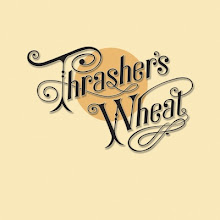
 *Thanks Neil!*
*Thanks Neil!*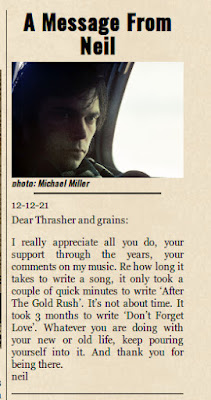




![[EFC Blue Ribbon - Free Speech Online]](http://www.thrasherswheat.org/gifs/free-speech.gif)











 The Unbearable Lightness of Being Neil Young
The Unbearable Lightness of Being Neil Young Pardon My Heart
Pardon My Heart



 "We're The Ones
"We're The Ones  Thanks for Supporting Thrasher's Wheat!
Thanks for Supporting Thrasher's Wheat!




 This blog
This blog 
 (... he didn't kill himself either...)
#AaronDidntKillHimself
(... he didn't kill himself either...)
#AaronDidntKillHimself

















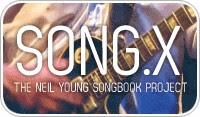





































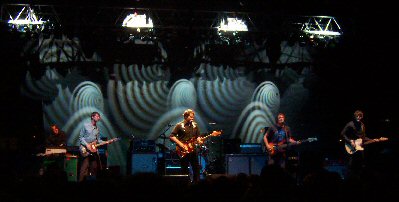

















 Neil Young's Moon Songs
Neil Young's Moon Songs




 Civic Duty Is Not Terrorism
Civic Duty Is Not Terrorism Orwell (and Grandpa) Was Right
Orwell (and Grandpa) Was Right


 What's So Funny About
What's So Funny About 


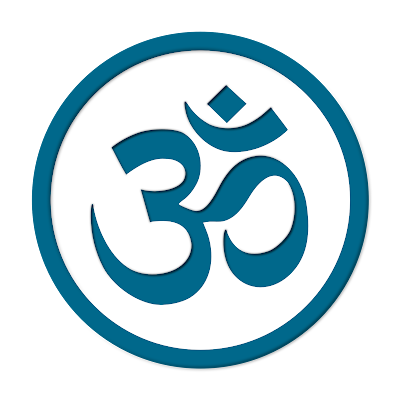
3 Comments:
The Timeline Concerts are certainly a bonus to the subscription, and by themselves, justify the price of admission. And they just keep coming, so it can be hard to keep up with. There are still several shows I have yet to hear. But fortunately they never disappear (for Patrons anyway). The outtakes, and unreleased content is also fantastic for us rusties too.
I don’t believe there is any other artist out there that has created a more immersive experience for their fan base. Neil has set himself apart from everyone else in this regard, as well as continuing to create meaningful, and relevant music. He is always moving forward, and taking all of us with him in the process.
One of my favorite features on NYA is our ability to communicate directly to Neil through the letters section. I don’t write to him that often, because I know he’s busy with his life. But on those occasions when I do, he always responds. Where else can you connect with your favorite artist in this way?……..What a privilege!
Peace 🙏
The Timeline concerts are bountiful bliss… My personal favorite so far is Tracadero SF 1997. Check it out!
Your Brother Alan in Seattle
All three sets of the Canterbury House show in Ann Arbor, Michigan from October 16th, 1969 is my favorite Timeline Concert so far. That is such a unique one-off evening (i.e. 8, 10 & midnight shows) that were just months after Woodstock which was also a time period in the midst of recording Deja Vu and just after the summer when "Everybody Knows This Is Nowhere" was all over FM radio. As usual, so many new songs and each show ended with a solo acoustic version of "Country Girl" which wouldn't be recorded for a few weeks.
In fact, the "Country Girl" recorded at the Canterbury House had extra lyrics that didn't make the cut for Deja Vu.
Rather brilliant move by the Canterbury House to book two shows at once for both November 10, 1968, when Neil Young was relatively unknown after the break-up of the Springfield, and also for October 16th, 1969. Elliott Roberts was very familiar with the Canterbury House booking team from the shows done (and recently released) by Joni Mitchell in 1967. The venue held less than 200 people and was often SRO for acts like Joni Mitchell, Neil Young, Lowell George/Little Feat, Captain Beefheart, Dave Van Ronk, Odetta, Doc Watson, Len Chandler, the Jim Kweskin Jug Band, the New Lost City Ramblers, David Ackles and Steve Noonan. Plus, Ann Arbor (known as A2 locally) is such a cool place to hang out anyway. Pretty sure every act that played the Canterbury House was recorded at the soundboard on reel to reel tape that was state of the art at the time. A few months after the 1969 Canterbury House show Neil Young returned to the Detroit area with CSNY for a show at the Masonic Auditorium.
Here is part of a summary of what happened at the Canterbury House in Ann Arbor that was written for the University of Michigan paper, Michigan Daily:
“It was wonderful in so many ways,” Rubin said. “It was a religious organization first and foremost … but a lot of the ministers were very progressive so it became a place where people who were part of ‘the Movement’ gathered and went for meetings, to hang out, to go to services on Sunday. I am not religious, and I didn’t grow up Christian but even I went to services. They were just really profoundly pleasant and inspiring services to go to. Also, one of Ann Arbor’s first health food restaurants was located as a little kind of salad bar in the front of Canterbury House.”
Although Rubin currently still DJs from time to time, she finds the differences between recorded and live music to be crucial to an audiophile. As you can tell from recordings such as Neil Young’s Sugar Mountain – Live at Canterbury House 1968, shows at Canterbury were nothing like the recorded material from the same artist. They told stories, they had extended asides, or “raps” as the Young reissue calls them, and they could converse with the intimate crowds. Rubin said this is where the beauty of live music rings true.
“Recorded music always sounds the same, because once it’s recorded, it’s like publishing a book. It’s codified. It’s there on a page,” Rubin said. “Live music is more spontaneous. It can vary quite a bit more … And the way sound works live is very different than the way it works coming off of a stereo or coming out of speakers … You can feel the air move and you certainly could at Canterbury House.”
https://www.michigandaily.com/statement/you-cant-bury-canterbury/
When asked elsewhere by another reporter why he played the Canterbury House Neil Young with Elliott Roberts sitting next to him he responded,
“Well, cause this is a groovy place. It’s got a good reputation and it’s crowded, really good crowds, and it’s the best place to start, because the crowd is receptive."
When the single, “Heart of Gold,” was released the flip side was “Sugar Mountain” that was recorded live at the 1968 show for the Canterbury House. Must say, in Michigan both sides of the single were often played because of the local venue. Those Canterbury House recordings then became almost mythological as Neil Young’s fame grew over the years.
Post a Comment
<< Home